I write multiple articles each day.
And these aren’t fluffy, 500-word posts, either.
Instead, they’re 2,500+ words after at least a few hours spent researching stats and examples to back up each point.
You might think I’d get burned out.
But what if I told you I had the opposite problem?
It’s true! I honestly have more ideas than I know what to do with.
So while I might write a few articles each day, I have at least twice that many ideas sitting in my notes, just waiting for me to catch up.
Do you want to have that problem, too?
It’s actually pretty easy if you follow the same six steps I use below.
Here’s how I keep the ideas flowing (and how you can do the same).
1. Use HubSpot’s blog topic generator for easy wins
Are you running low on ideas right now? Are you scraping the bottom of the barrel?
Then let me introduce you to HubSpot’s Blog Topic Generator.
It’s hands-down one of my favorite ways to keep new ideas flowing. Here’s how it works.
After pulling up the tool, all you have to do is drop in a few nouns for whatever topic you’re thinking about at the moment.
For example, let’s say we want to write a new post on “Instagram marketing.”
So you simply type that in and check out the following responses you get:
Pretty good, right?!
My favorite is the middle one, “10 Things Your Competitors Can Teach You About Instagram Marketing,” because it already gives you a clever hook to run with, too.
So, in addition to the title idea, you’re already off and running, tracking down competitive analysis tips to start piecing your article together ASAP.
The other ideas are also pretty good, and you can easily punch them up to make them a little more interesting.
For example, “20 Myths About Instagram Marketing” is OK. But what about, “20 Myths About Instagram Marketing Sabotaging Your Results.”
See? A little better already. And it only took you a few seconds to turn a C+ headline into an A-.
“That’s great,” you think. “But Neil, how do you come up with these topics in the first place?”
Here’s one place to start.
2. Use Answer The Public to find hot topics
Answer the Public takes basic keyword idea and returns dozens (if not hundreds) of results based on what real people are already looking for in your location.
This idea plays off one of the best ‘under the radar’ keyword research tips out there: Auto Suggest.
For example, when you start typing something into Google or Bing, the search engine automatically gives you suggestions based on what other people search for.
So if you start typing “Starbucks,” you’ll see the Auto Suggest dropdown appear:
The reason this is so powerful for a marketer is that it’s hinting at the user intent behind why someone is searching.
In other words, it gives you a snapshot of someone’s motivations or emotions.
Answer the Public does something similar, but times 100.
Here’s how it works.
Pull up the website and drop in any based topic or idea, like “Content Marketing.”
After hitting “Get Questions,” you’ll be taken to a data visualization page that will start displaying all of the related questions people most frequently use.
For example, “content marketing” returns 82 questions right off the bat that you can either export or save to keep working.
Scrolling down a little will show you how these questions are often separated or grouped into what-, how-, why-, when-, where-, are-type questions.
Then, underneath each of those are a new ‘branch’ of related questions.
Many of these are even already in a perfect blog post headline format. Check out the following:
- What is content marketing infographic
- How much does content marketing cost
- How to measure content marketing
- How does content marketing affect SEO
- Why content marketing for B2B
Let’s zoom in a little bit to find even more high-quality ideas:
And that’s just one section of questions!
We’re still in the “questions” section, and we already have a ton of new blog post ideas.
But if you keep scrolling down, you’ll be able to quickly find a few more.
For example, head down to the “prepositions” next:
Let’s zoom in again so you can see these in detail:
You could write a blog post about every single one of those ideas!
Honestly, you could stop right here and probably have enough blog posts ideas for the rest of the month.
But let’s keep going to show you a few more techniques, including how you should start prioritizing all of these ideas.
3. Use BuzzSumo to steal trending ideas
So far we’ve been focusing primarily on evergreen blog post topics.
These are ones that stand the test of time, so the information should be as relevant a year from now as it is today when it goes live.
However, that leaves out a huge gap for an emerging category of new keywords that won’t show up under any of these blog post topic tools.
Here’s how to find those.
Pull up BuzzSumo and plug in a topic or URL.
BuzzSumo focuses on the most popular trending topics over the past few hours, days, weeks, and months.
For example, let’s type in NeilPatel.com to see what it shows:
In the upper left-hand corner, you can filter by date. We’ll choose one year for this example.
Now, over on the right-hand side, you can see sharing metrics across many of the most popular social networks.
Want to see something trending the last week? All you have to do is go back and change the original filter, like this:
Searching by topic will display all of the most popular formats for that keyword. For example, let’s take a look at the results for “Instagram marketing guide.”
Many of the results that pop up are either “step-by-step guides,” “beginner’s guides,” or “complete guide.”
Interesting. If you wanted to compete with this one, you could try a different format to stick out from the crowd, like a massive list post or even a case study with hard data.
You should pay special attention to the headlines on this highly shared content. Here’s why.
59% of people will share your article without even reading it!
Crazy, right?!
That’s why you need to spend so much time crafting the perfect headline before pushing new blog posts live.
Now, let’s say you want to tailor your new blog post ideas to one particular social network. After all, the audiences that use LinkedIn can differ drastically from the ones that use Twitter.
You might need to filter or toggle between them to find what your own customers share the most.
Find that option in the upper right-hand corner on a dropdown button called “Total Shares.”
Beyond switching between channels, you can also toggle between the the number of shares or the number of links.
In other words, BuzzSumo helps you reverse engineer what makes other content successful so that you can do the same.
For example, look at the top performers for the keyword “Instagram marketing guide.”
Notice anything? HootSuite, Shopify, and HubSpot all have multiple spots for the same phrase.
Go check out what they are doing, then replicate it!
Buzzsumo can also fetch newly trending topics that haven’t been taken over by those ‘big boys’ in your industry just yet.
Just click on the “Trending Now” button at the top. Choose your niche from the left-hand sidebar, and you’ll be presented with currently trending content.
For example, here are the current results for the trending topics in the “content marketing” niche (at the time of writing this post).
My favorite one is highlighted (“Why mistakes make you a better link builder”) because it’s a contrarian topic that sticks out from all the rest.
So why not adapt that approach for other similar terms?
- Why mistakes make you a better web designer
- Why mistakes make you a better crossing guard
- Why mistakes make you a better marketer
Easy, right?
4. Use Quora to turn questions into content ideas
Marketing is pretty easy when you boil all of the complexity down to the basics.
Basically, the key to marketing comes down to two objectives:
- Find out what people want.
- Give it to them.
The best way to do #1 is to look at what questions people are asking in the first place. For example, what are they struggling with? What are the common issues people keep having?
These aren’t always easy to find. They’re not always out in the open. Many times, you have to go ask people directly and follow up until they’ll give you the information you’re after.
If you have a customer service department, you can start there. These people listen to questions and problems all day long.
However, for the rest of us, you can just pull up Quora.
Within just a few seconds of searching, you’ll be able to find a ton of interesting questions about wide-ranging subjects that you can use to fuel new content creation.
Start by signing up and then filling out your profile’s “Knows About” section with topics that you’re interested in, like this:
Once you’ve organized your profile, you’ll get updated when new questions pop up from other Quora members that are related to your topics.
For example, here’s a recent one that just notified me earlier:
See? That’s an awesome blog post title already!
Then, you can dive deeper by checking out which questions have the most views and people following. This will instantly tell you which ones to start with first (by popularity).
On top of this, clicking on a question provides you a list of related questions people are asking (and you can view the “Question Stats” in the bottom right-hand corner).
A perfect example of this technique comes from Brian Dean.
He came up with a TrustRank blog post title based on a Quora question initially. For example, here’s what the original one looked like on Quora:
Here was his response that quickly dominated the SERPs.
5. Check out AllTop
AllTop is an aggregator of new posts. Simple as that.
Basically, it lets you know what’s happening online by helping you follow specific terms, topics, or categories (on everything from science and religion to photography or fashion).
For example, here’s what you see when you first land on the AllTop homepage:
These are the most recent blog posts from some of the web’s top websites.
You’ll have to dig a little deeper to find content or sites specific to your own niche.
For example, you can start by searching for a specific topic in the search box.
Here’s just a tiny fraction of the results I get when searching for “content marketing.”
Already, you start seeing some cool stuff.
At the very top, in the shaded box, is a list of the most popular recent stories.
Again, one of the easiest ways to come up with successful blog post ideas is to see what’s already trending or popular and tweak it ever so slightly.
Then you can also dive a little deeper to see what some of the web’s top sites are publishing.
In the example above, both TopRank and Copyblogger have a few awesome articles that we can either piggyback on or adapt for other related terms.
By now, you should have no problem generating new blog post ideas. Following these steps should make sure that they’re going to be spilling out of every notebook you have.
However, there’s one last tip that can help you start to determine which blog post ideas to move on first (and which to prioritize for later).
6. Generate ideas with Moz Keyword Explorer
The Moz Keyword Explorer is a keyword research tool that will help you (1) come up with related topics; and (2) vet those topics for potential.
Start by pulling up the site and dropping in your topic or keyword into the search box.
Let’s stick with the “Instagram marketing” example a little longer to show you exactly how this works.
There are two primary pieces of feedback you’ll get after submitting a topic:
- Keyword suggestions
- SERP analysis
I’ll walk you through each right now.
First, you can use the “Keyword Suggestions” tab to quickly spot relevant long-tail phrases. You can either work these into your original idea or even spin them off into their own articles, too.
The tool will help you sort them by a general volume range so you can see potential demand for this information. For example, “Instagram marketing strategy” would probably be a better bet to start with than “Instagram marketing plan.”
You can also see who’s currently ranking in the SERPs for those keyphrases. This is similar to what we did earlier with BuzzSumo if you think about it.
You want to see what these sites are doing well so that you can reverse engineer their tactics (or know that they’re so big that you don’t want to mess with them).
In this case, the top two posts for “Instagram marketing” are big list posts. Both Social Media Examiner and Wishpond are pretty big sites.
That means you need to be creative here to stick out.
You can go with a more long-tail keyword so that the competition isn’t as stiff.
Or you can try a different take on the same idea, like a “beginners guide” or “step-by-step guide.”
Constantly coming up with blog post ideas isn’t easy, necessarily.
But if you keep it simple, focusing on what problems or issues your customers are already having, these six tools should be able to return an endless stream of awesome content ideas.
Conclusion
Coming up with new blog post ideas is a numbers game.
Some of your ideas will never turn into blog posts. And that’s OK because you have to work through some of the bad to get to the good stuff.
That means, however, that you can’t just come up with five new ideas. You need fifty, or possibly even more.
Fortunately, these awesome six tools can help you keep a steady stream of ideas coming in on a daily basis. And even better, they’ll help you cover all your bases.
Answer the Public and HubSpot’s tool will help you quickly find new evergreen topics.
BuzzSumo will point you toward the newly trending topics.
You can follow those up with a little keyword research to figure out which ones to start with and prioritize.
Actually sitting down to create all the new content is the hard part. So keeping the ideas flowing shouldn’t be.
What is your best strategy for coming up with new blog post ideas?






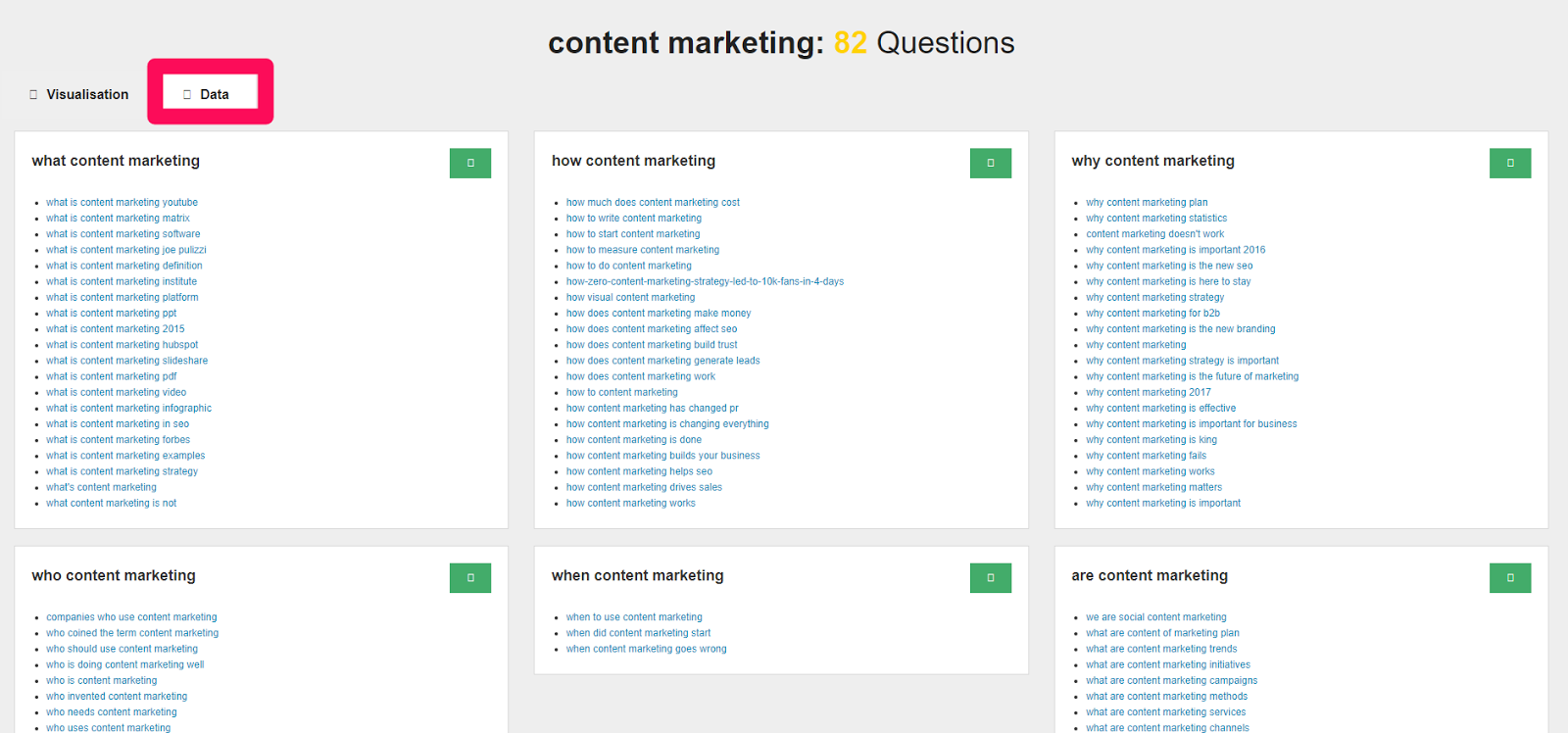
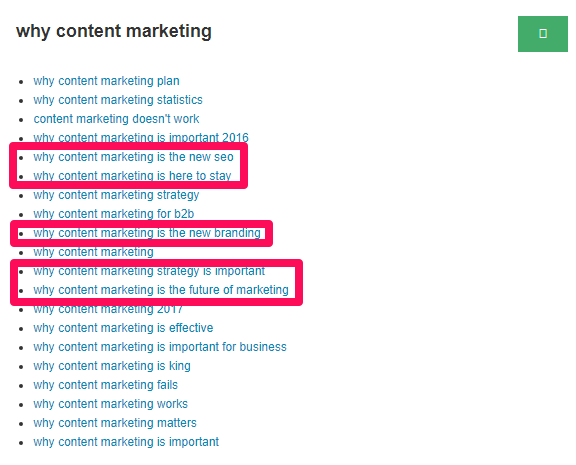
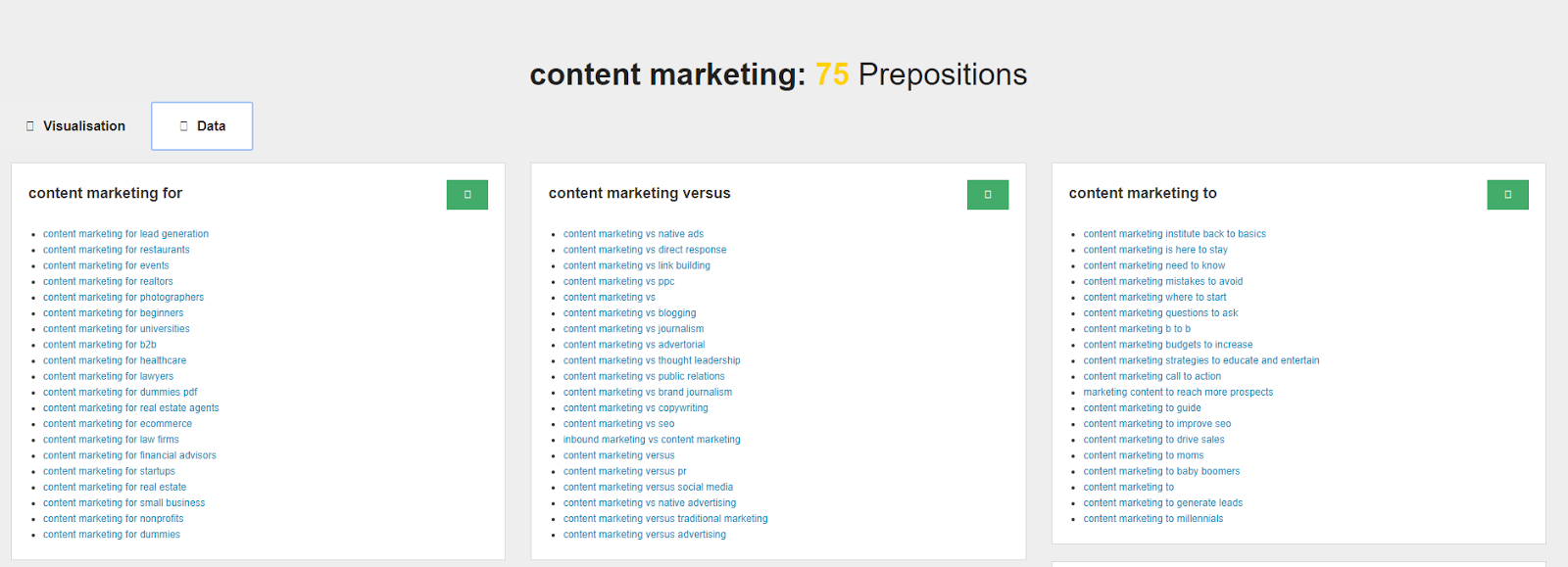
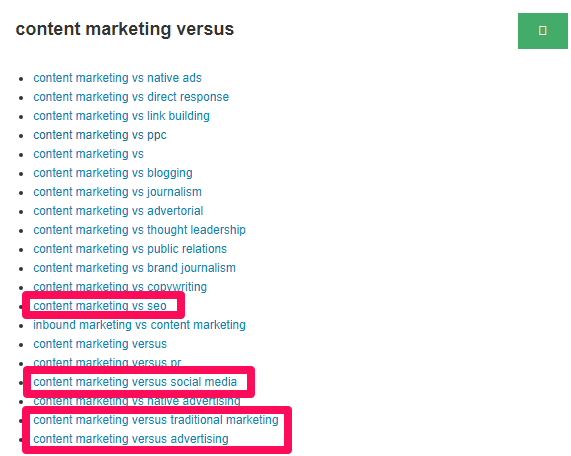





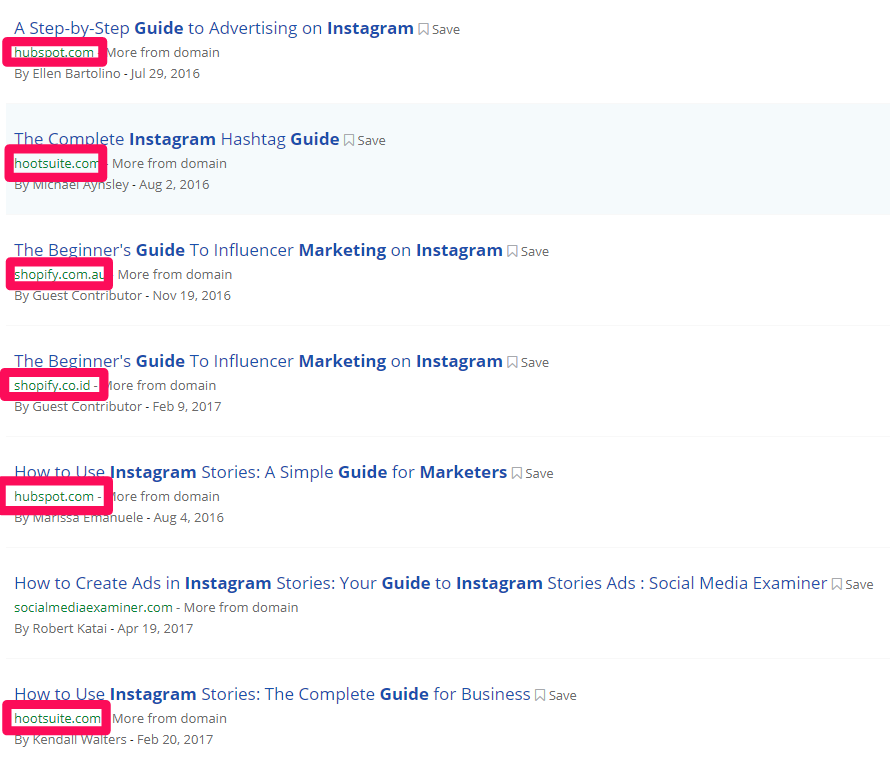



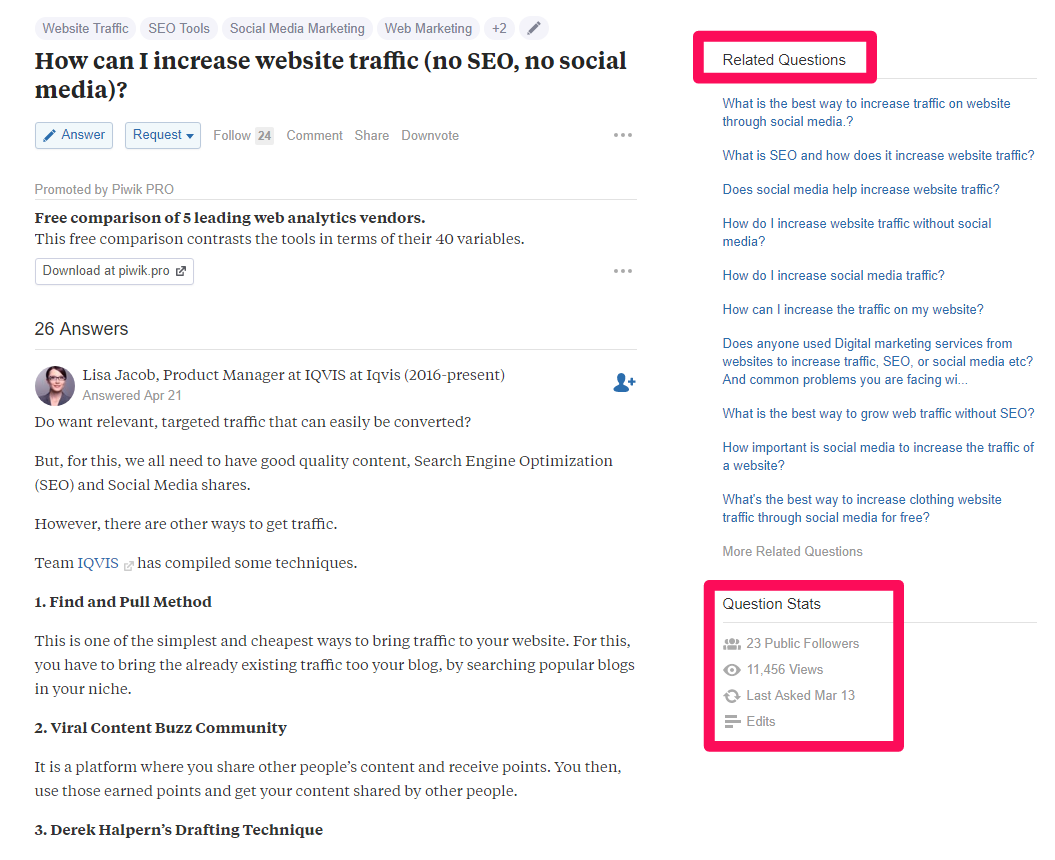
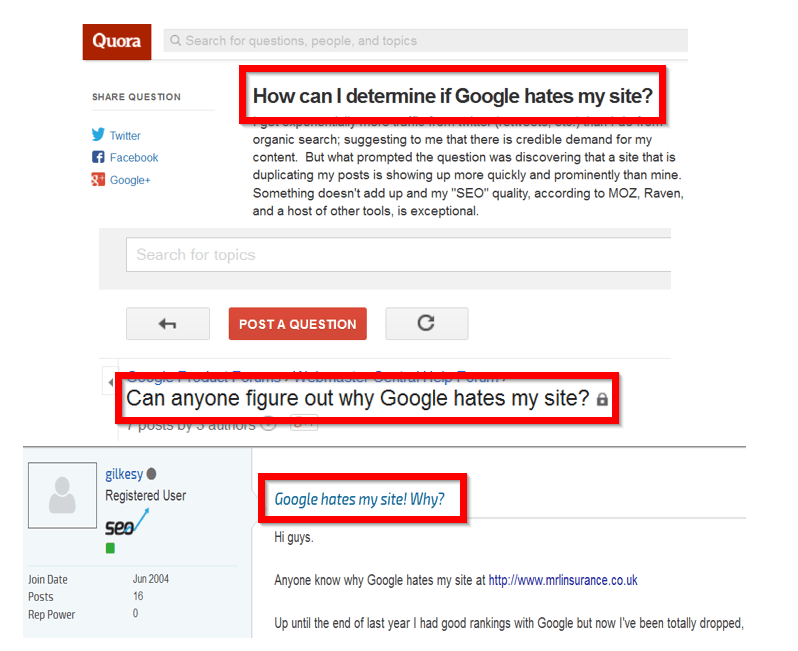


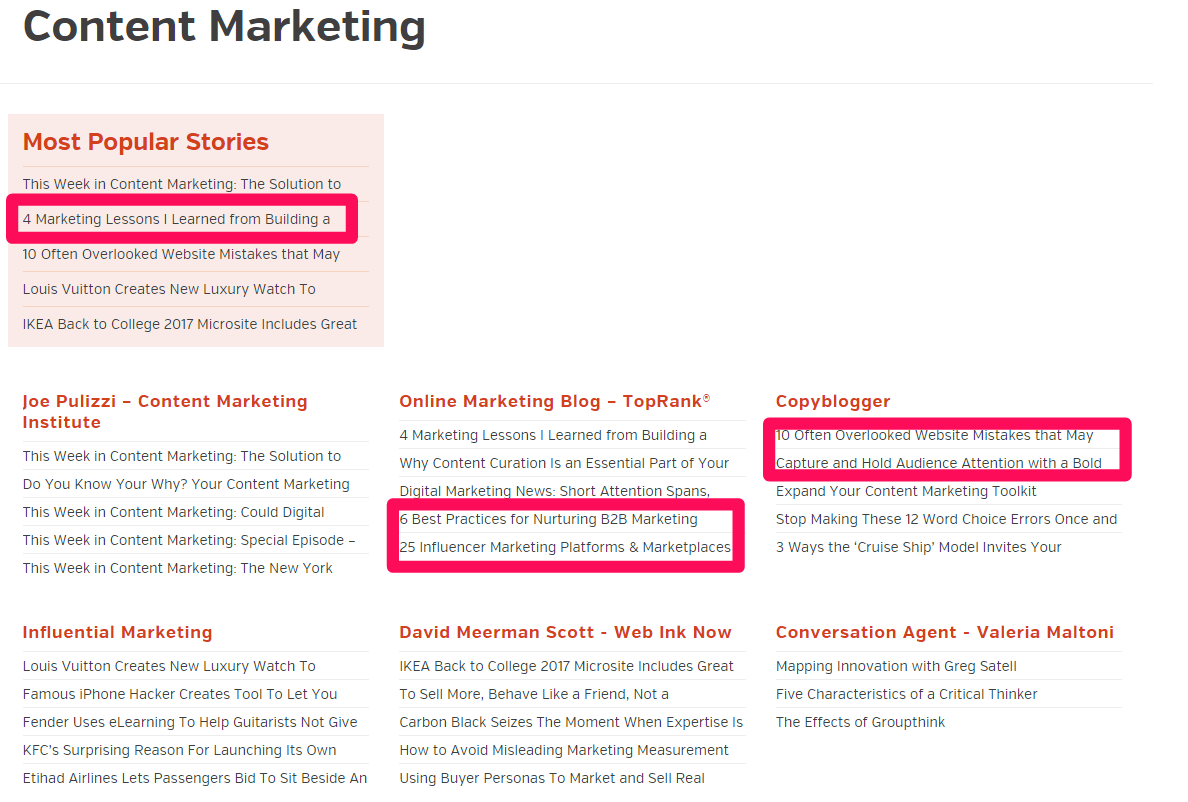


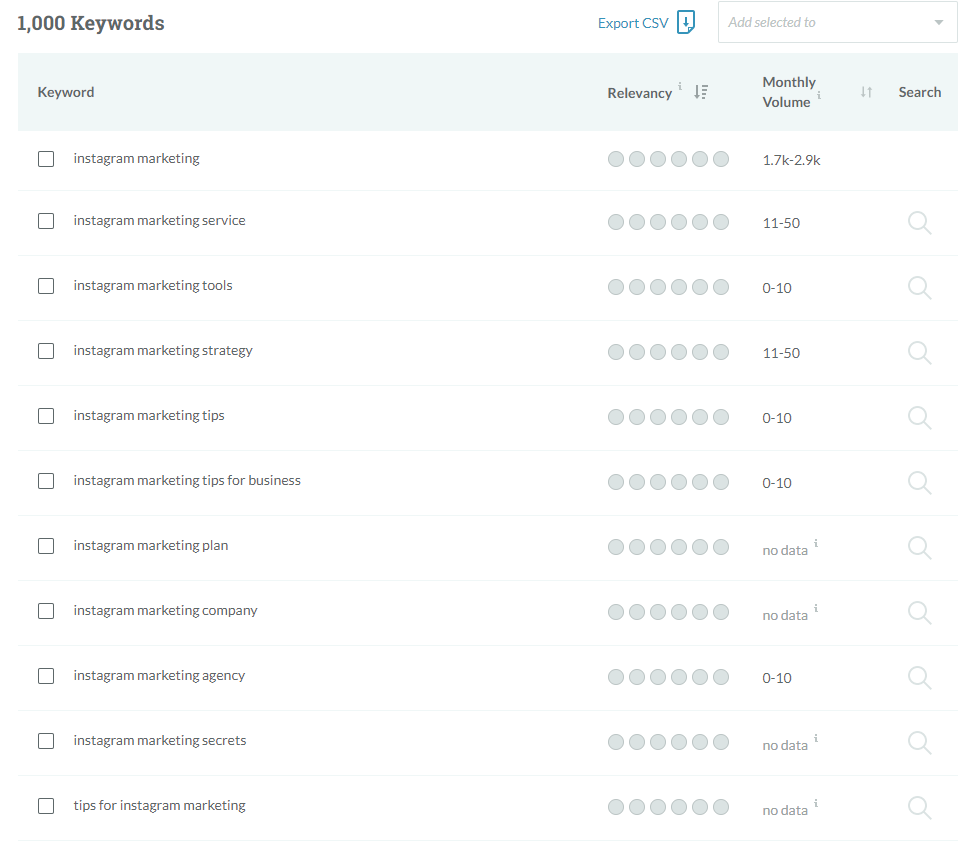
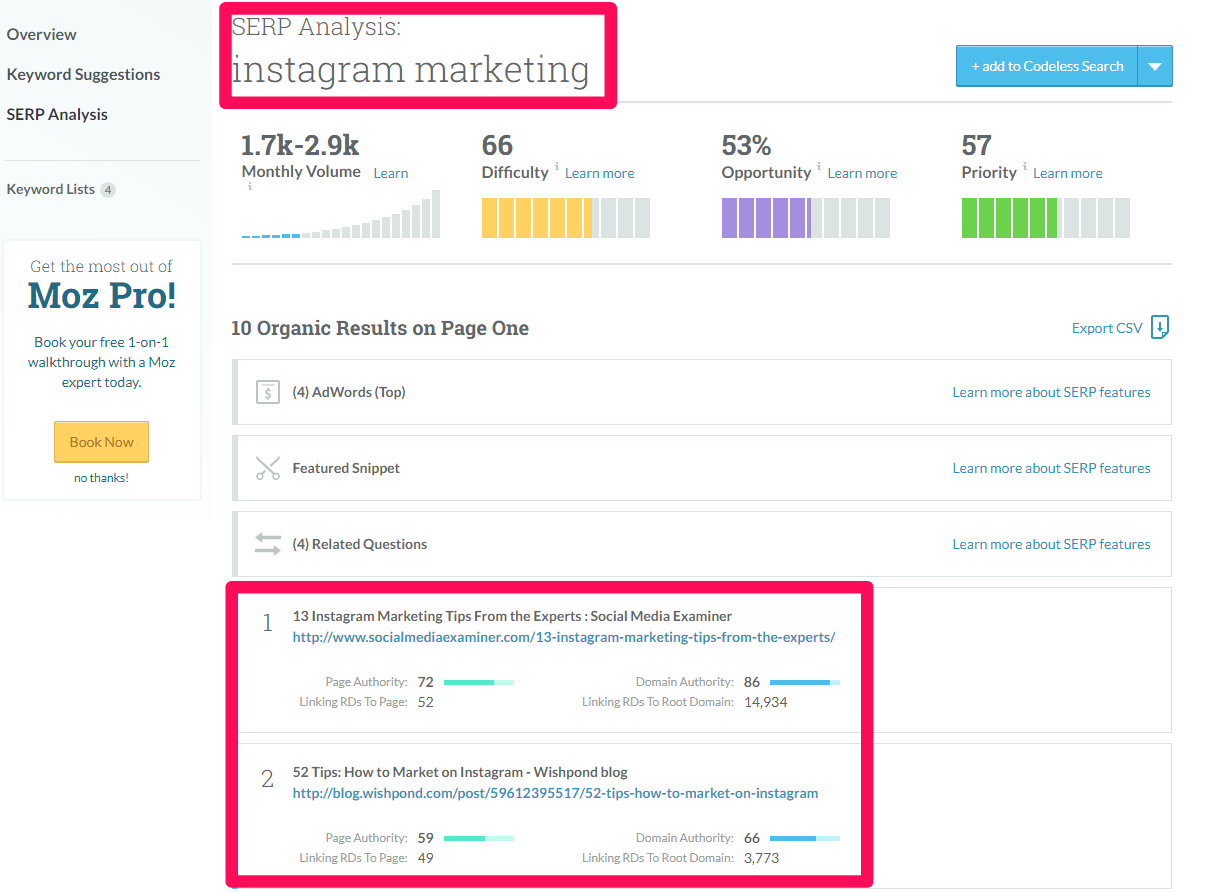
Comments (36)